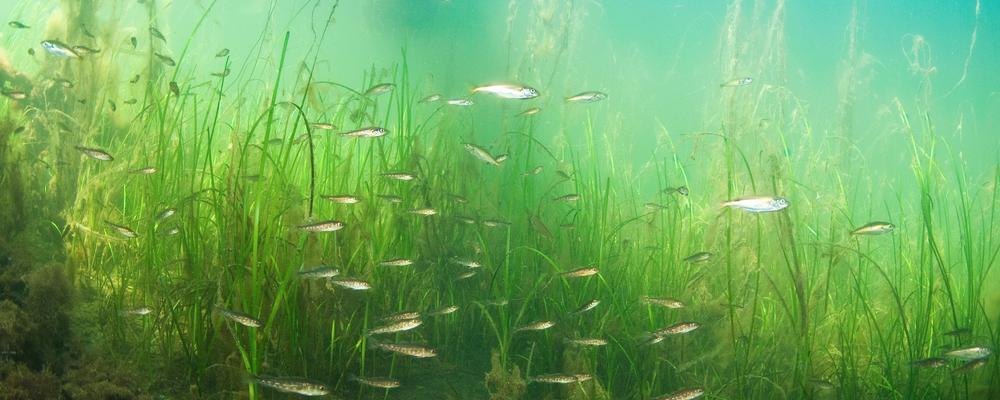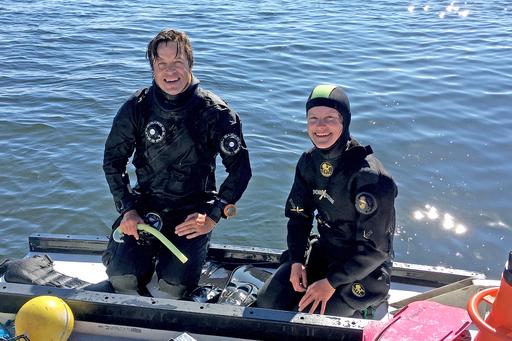Research on eelgrass receives SEK 14 million from Formas
The research group Zorro has received SEK 14 million from Formas to develop and introduce new tools for the restoration and long-term protection of eelgrass meadows. The purpose of Formas's call is to increase knowledge about the connection between climate, water, and biological diversity.
Project title
“Scaling up eelgrass restoration for coastal biodiversity: A framework for climate-adaptive management”
Granted funds
SEK 14 million for a 4-year period (2023 – 2027), with the possibility of an extension for another 4 years and a similar amount for the next 4-year period. Only 10 projects were approved and Zorro is the only one from the University of Gothenburg.
Research project group
Behind the project is the interdisciplinary research group Zorro at the University of Gothenburg. The project team includes marine ecologists Per-Olav Moksnes, Marlene Jahnke, Lousie Eriander, Department of Marine Sciences, and Eduardo Infantes, Department of Biology and Environmental Sciences; environmental lawyer Lena Gipperth, Department of Law; and environmental economist Elina Lampi, Department of Economics.
More information
More about the research group Zorro on Zorro's web page.
More information about the call on Formas's web site.




